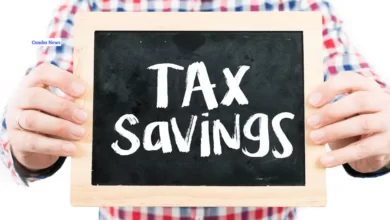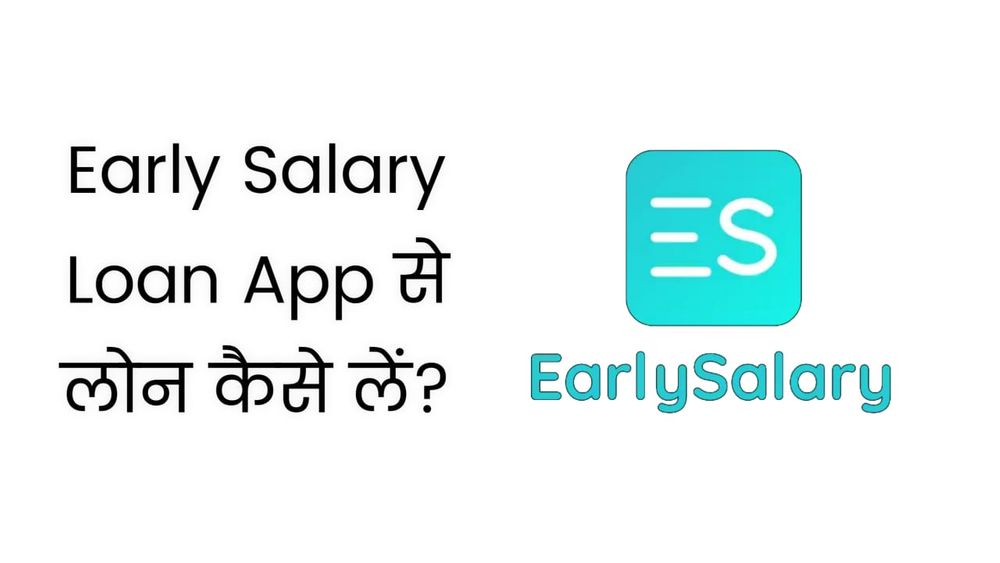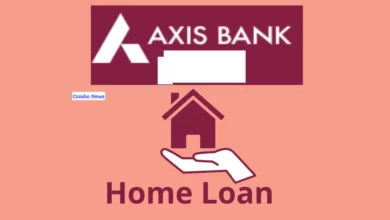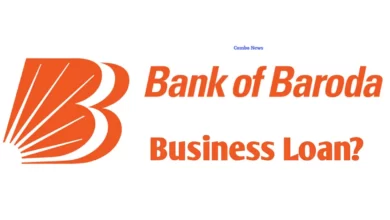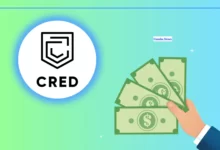Credit Card – The Guide
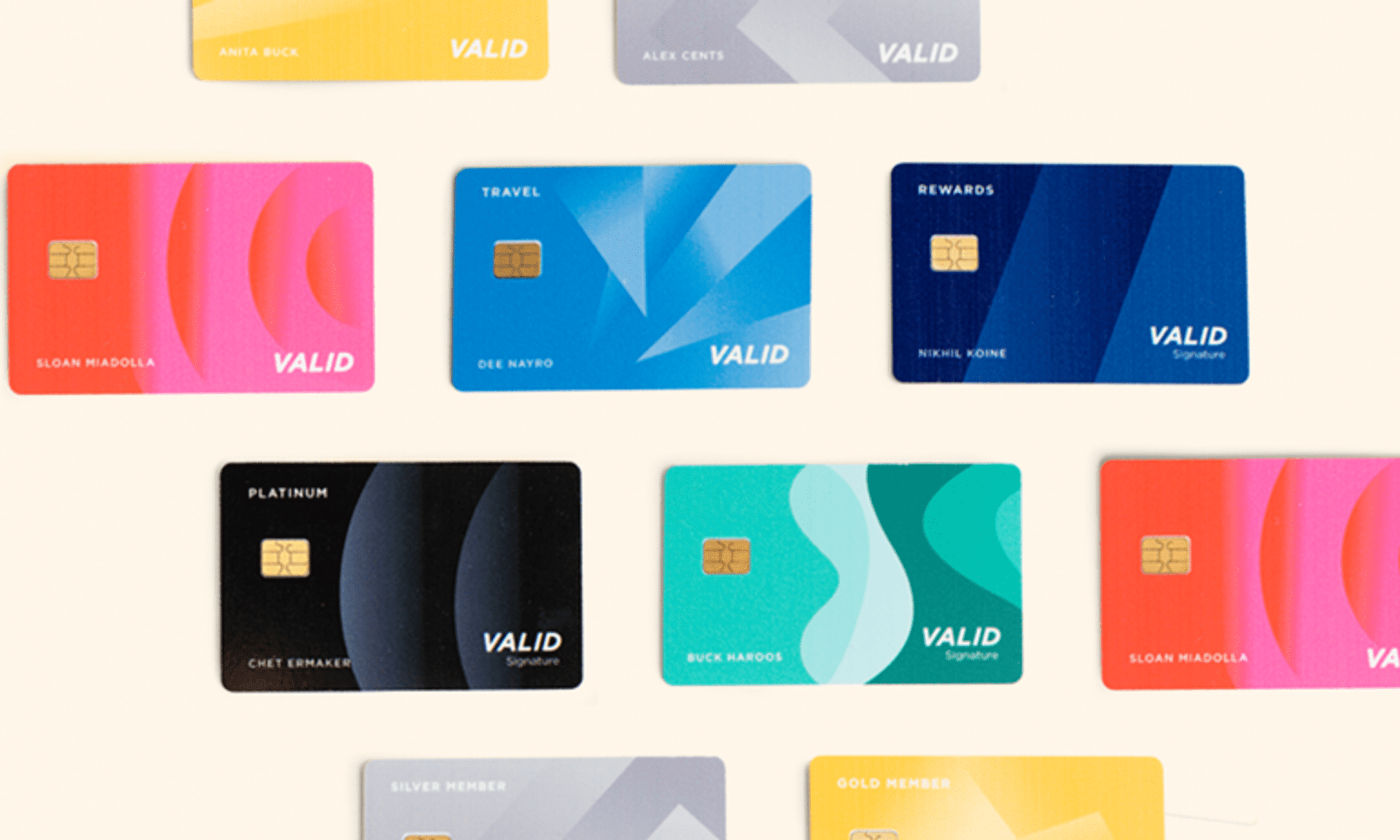
Credit Card In some point of our lives, we all have received calls from the call center asking us to apply for a credit card, or there is some special scheme going on for a credit card, or worse, we might have been victim of some scam regarding them. But what exactly is a credit card and what does it do? This article explores exactly this. So, if you are looking for credit card basics, you have found the right article!
A credit card is basically a card that is tied to a credit account of a financial institution. When you use this card, what you are doing basically is borrowing the money from the issuer of the card, in this case, your bank or any other financial institution. You can use your card to purchase goods and services with any merchant that accepts credit cards.
Whenever you do a transaction with your crediit card, you are basically borrowing money, and this is the amount of money you now owe on the card. This owed money to the institution that issued you the card is called the balance. For example, if you make a purchase of say, Rs. 1000, then the balance on your card is Rs. 1000. Further, each credit card has its credit card limit, which means the maximum amount of money you can owe the bank at a time, before repaying which, you won’t be able to make any further transactions. Now the difference between this credit card limit and your balance is called available credit, that is the amount of money you can still owe to the bank before you have to repay it. Because of this cycle of crediting and repaying, a credit card is considered a revolving line of credit. You can keep using it and borrowing from it, as long as you pay your bill and have credit available.
Now APR, which stands for annual percentage rate, is the annual cost of borrowing money with a credit card. In simple words, it is the interest rate the card issuer charges on the owner of the card on any outstanding balance after the payment’s due date. This interest rate, however, can be avoided by paying off the card’s full statement balance. If you do that, you will fortunately have no need to pay any interest. Let’s take an example. Let’s say your card has an APR of 20% and a balance of Rs. 100. If you fail to repay your balance by the due date, then you will now have to Rs. 120 as opposed to Rs. 100. However, if you pay the balance on time, then you won’t have to pay Rs. 120. How you repay your balance, depends on you. You can repay it in one go, or you can divide and pay it in sums throughout the tenure of repayment available to you.
Now for beginners, credit cards come with special perks or features. These include:
No annual fee:
The fee for keeping your crediit cards working for another year won’t be applicable if this your first credit card.
Free FICO Score Tracker:
This will allow you to keep an eye on your score from your online credit card account.
No or low security deposits:
Secured crediit cards are popular among those who are new to credit. For this, you have to pay a refundable security deposit. Secured cards are not your only option, but if you decide to go with them, look for cards with affordable deposit amount. Example: Credit cards that offer a limit for Rs. 1000, say, for a deposit of Rs. 1000.
Rewards:
These are not the primary feature to look at, but if you get some rewards from your first card, that sure wouldn’t hurt.
That said, we hope this article helped you clear some of your doubts. Also, don’t forget to check other finance related articles on the site.
Also Read: Types of Investments Available in India

